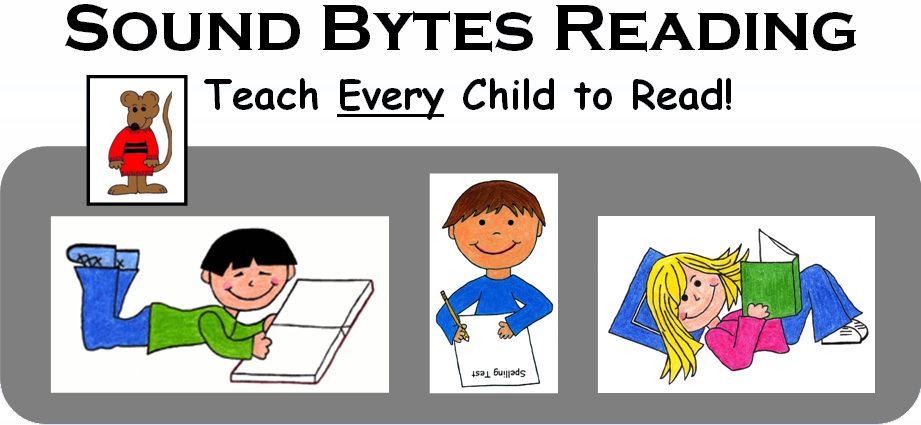Learning to Talk / Learning to Read – Part 2

Last week we discussed how infants first begin to babble using the sounds they hear in their native language, and then learn to connect sounds to make words, and still later they learn to string words together to make sentences. Eventually they are able to tell a story about something they have seen or experienced.
This week we will examine how the same basic process should be at work when children learn to read. But for most beginning readers, learning to read is not natural or easy like learning to talk—it must be carefully and systematically taught. Children learn to speak naturally, but reading involves not just listening and repeating what we hear, but a much more difficult process of:
- Recognizing specific symbols that represent the sounds in our language,
- Connecting the written sound-symbols to make recognizable words, and
- Decoding words (and sentences) so we can understand their meaning.
This process is made even more difficult because English is a language that borrows words from many other languages; therefore we have many spellings that do not follow the “rules.” However, if we systematically teach each spelling pattern along with the words that use that pattern we can insure that most if not all of our students learn to read well.
The first step in learning to read is learning the letters of the alphabet—the written symbols for the code. Very few educators would disagree with this. However, many disagree on what the next step should be. Some have held to the notion that children learn to speak in whole words from the very beginning and therefore believe beginning readers should learn to read by learning to recognize whole words as a single unit by sight.
Last week we examined how children learn to speak. While they do quickly learn to speak in whole words, they first experiment with speech by vocalizing sounds, and then they learn to connect the different sounds together to make recognizable words.
Before children learn to read, they need to learn to recognize the alphabetic symbols (the A-B-C’s). It is essential that they also learn the sounds for each of those symbols, a few at a time. They should be taught how to blend letter-sounds together to sound out real words. Then they need to practice reading those words, separately and in sentences. When children are given sufficient phonics practice (learning to connect the letter-sounds to make words), they will begin to recognize words as a whole unit and can begin to read simple stories.
Children who are taught to read by recognizing whole words as a unit without learning the individual sounds will read stories more quickly at the beginning, but because they cannot decode, many will lose this advantage by the end of third grade, and often much sooner. In a later blog we will discuss why this happens.
If you have a child who is already a struggling reader, the first step you can take is to find out whether your child has learned the “code”—not just the names of the letters of the alphabet, but does he/she know the sounds for the symbols that we use to create written words?
If your struggling reader does not know the sounds of the consonants or the vowels, or of additional letter combinations, you need to teach them, one at a time. Struggling readers have experienced failure so many doubt their ability to learn to read (or refuse even to try). It is important that the reading program you use does not introduce too many sound patterns at one time so your struggling students will be able to experience reading success quickly and be encouraged to keep trying.
